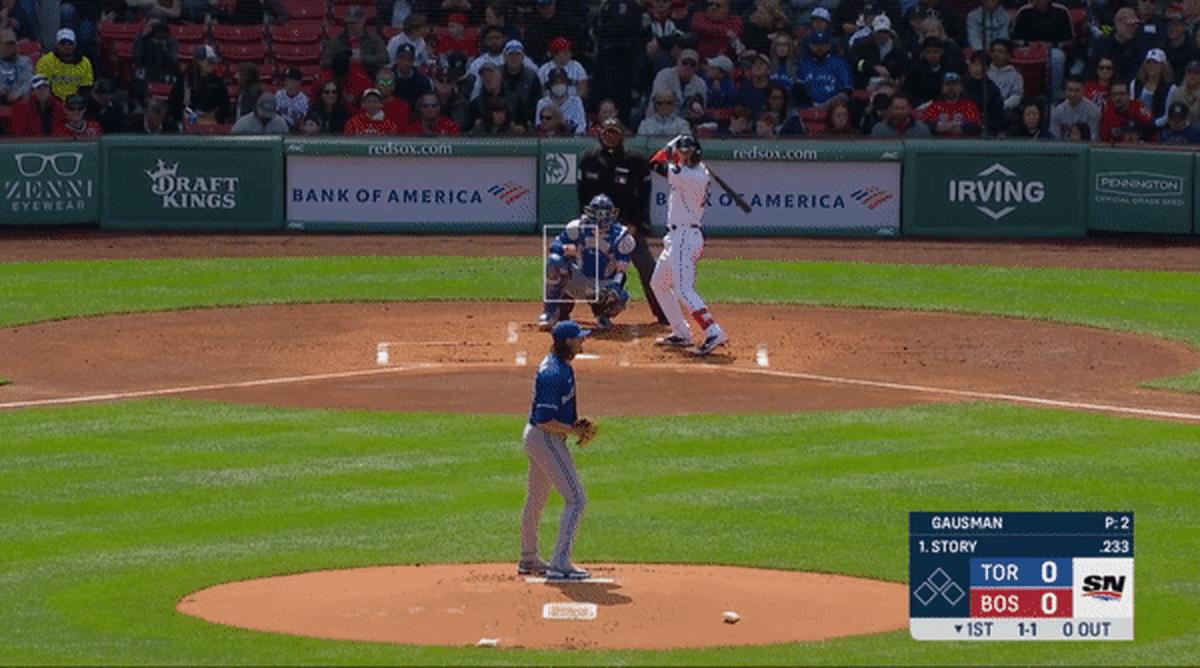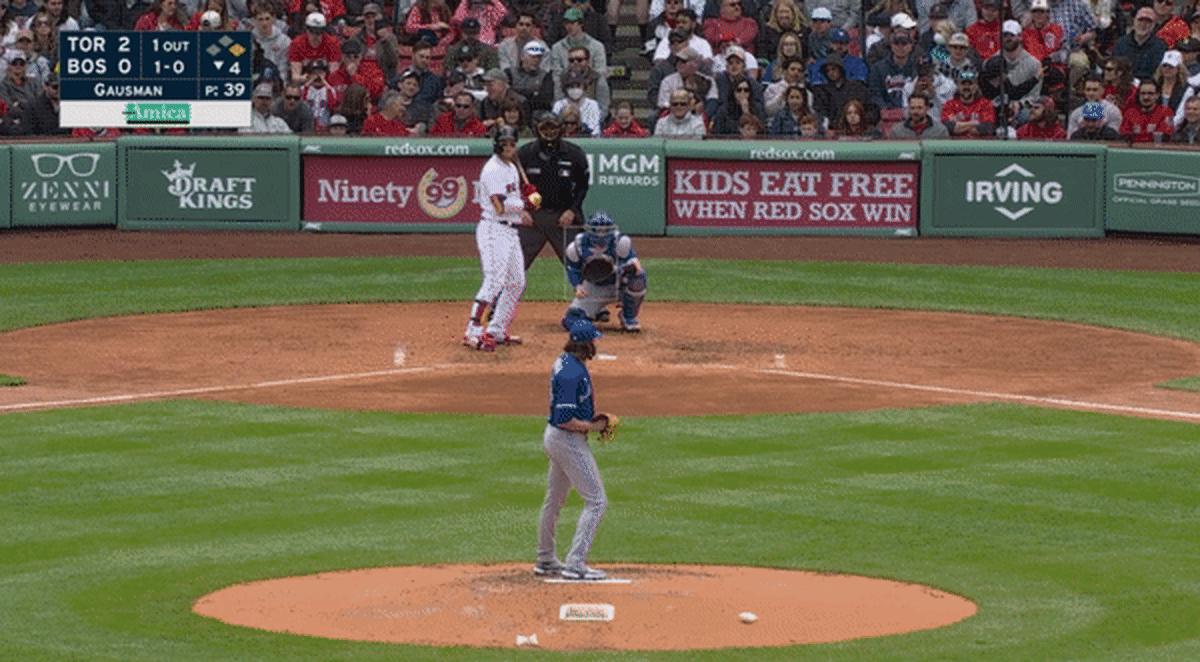Kevin Gausman Talks Mind Games and His Forgotten Pitches

For Kevin Gausman, the art of pitching is some halfway point between chess and bowhunting.
In all three there’s a goal—a strikeout, a checkmate, a bagged buck. There’s also an obstacle—the batter, the grandmaster, Bambi—and always some luck.
“You have to have so many things go well for you to have a night where you did something special,” Gausman told Inside The Blue Jays.
On the mound, Gausman isn’t concerned about a tree getting in the way of his shot or unpredictable pawn play, it’s just him and the hitter. The unpredictability in baseball comes from the unknown approach, not ever certain what the batter is looking to hit.
Sometimes Gausman has an educated guess, you can see batters choking up for the fastball or sliding up in the box to cut off the splitter. Some guys just have tells, too. Robinson Cano used to have one, Gausman said, as the time he took to step up to the plate was a direct indicator of what he was looking to do first pitch. If he stepped up quick, Cano was taking, if he moseyed into the box, it was a first-pitch swing.
But not every player has that obvious pokerface flaw and the ones who do eventually fix them, or fall out of the big leagues. As a largely two-pitch pitcher, understanding batter intentions is key for Gausman’s pitch sequencing, but he has a deeper arsenal than many realize. He’s going to pitch to his strengths—the fastball and splitter—but when Gausman’s repertoire expands, so do the mind games.
The Slider:
With his two primary pitches, Gausman can frustrate any batter. He can triple up on fastballs or repeat the splitter in heater counts. So, when he tossed Trevor Story a 1-1 slider to begin his start at Fenway last week, it wasn’t really fair. Story flailed at the diving pitch, turning a would-be ball into a go-ahead strike. Three pitches later, Gausman gave it to him again, earning the same ugly swing and a strikeout.
“To strike out the first guy of the game on the slider,” Gausman said. “I can't remember the last time I did that. It’s been a while.”

Gausman was in a particularly good spot with the slider in Boston, he could tell after the first inning, but the game was more than just a usage blip. Through four starts, the righty’s slider count is up 10% from the two years prior, and catcher Zack Collins said he's making a point of asking for the pitch more and more. Gausman has thrown five or six different breaking balls during his time in the big leagues, and his current variation is a gyro-slider he learned with the Giants last year, one that travels deep in on the batter before taking a late left turn.
"I can pretty much gauge early on in the game what it's going to be like," Gausman said. "And I kind of change my game plan based on that."
The break of the slider adds the perfect complement for Gausman, he said, setting up for a later splitter and muddying the mind of the batter. When he has a left-handed batter contemplating if it’s the splitter diving away or the backdoor slider, that’s when Gausman really has the upper hand. Say hello to a heater blown by you. Or maybe you take a changeup right down the middle.
The Changeup:
Gausman's main pitch is a split-change. It’s got a funky grip, but it’s still got the diving arm-side run that all splitters share. But, he’s also got a traditional circle change, whether teams know it or not.
Most hitters don't 'give him credit' for throwing both a changeup and a split, Gausman said, unable to identify the difference between the two. So, the righty can mix in a few early changeups for called strikes and have hitters chasing for nine innings. With a few dotted changes, Gausman has hitters heading back to the dugout telling teammates the righty just doesn't have the nasty split that day.
"He's going into the dugout and saying he's hanging his split or his split isn't moving," Gausman said, "So swing away."
The changeup helps keep hitters honest on his splitter, too, a weapon Gausman didn't have early in his career. In his first few years, the splitter was garnering a lot of uncompetitive takes, with hitters recognizing the pitch out of hand and watching it fall below the zone. With the changeup, batters always have to be ready to watch one go by for strike three.
"It's not a high percentage pitch," Gausman said of his change. "But when I do throw it, it needs to be for a strike or for a competitive ball."
On top of a splitter decoy, Gausman also has the change in his pocket for a needed ground ball. While his fastball and splitter are two of the best swing-and-miss pitches in baseball, the changeup's subtler movement is the perfect pitch for a rollover to shortstop.
After cruising through 3.1 innings in his dominant April 21 start at Fenway, Gausman hit a bump as Xander Bogaerts strolled to first with a single. After missing high with a first-pitch fastball to the next batter, Alex Verdugo, Gausman decided to end the inning with a diving changeup. The pitch snuck under the bat of the Boston lefty, and induced a clean double play.

Even with the chess pieces moving in his head, Gausman doesn't fall asleep dreaming of trickery and pitch sequencing. The righty doesn't even do much advanced scouting of batters, trusting his strengths—the fastball and splitter, and anything else he's got going on that day.
When those pitches are on, he's got batters constantly in between. Right where Gausman wants them.
